ALTEMA know-how for lagging handling drums
Cold bonding of rubber is generally used on “classic” drums. ALTEMA uses cold bonding for smooth, diamond-shaped rubber laggings with ceramic inserts.
The different stages of cold gluing :
- The surface of the conveyor drum is first prepared by shot blasting.
- After preparation, the drum is cleaned with solvent before the “primary metal” is applied.
- The conveyor drum lagging is then prepared for installation by cutting to size and cleaning all prepared surfaces.
- Next comes the gluing of the various elements, followed by the laying of the covering.
- The drum lagging is then struck/rolled to remove air residues and ensure perfect adhesion to the conveyor drum.
Need for
Technical advice?
Call our drum experts
A range of drums for all sectors of activity
ALTEMA's experience enables us to meet both classic conveyor drum and handling drum requirements, as well as more specific needs in all sectors of activity: mining, quarrying, recycling, fertilizers, ports, food processing.
+10,000 Drums per year
+10 Business sectors
+500 satisfied customers
Profile types
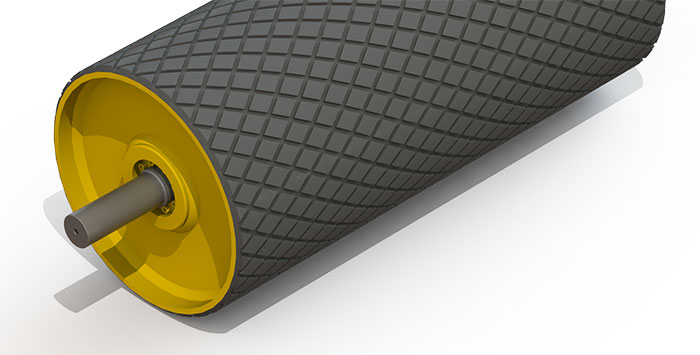
Diamond
The universal lagging
Used on deflection and take up pulley. It is also suitable for head drums.
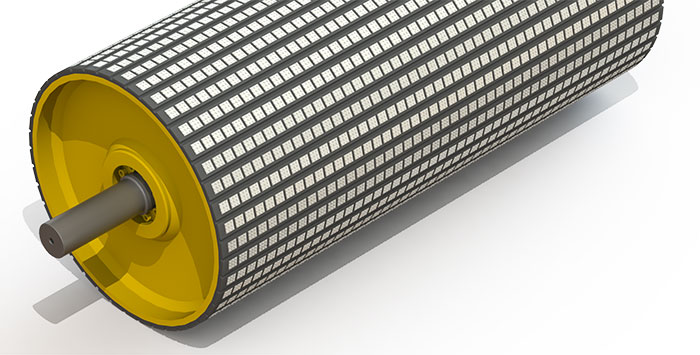
Ceramics
The high-adhesion lagging
Effective in humid environments to prevent slipping on the conveyor belt.
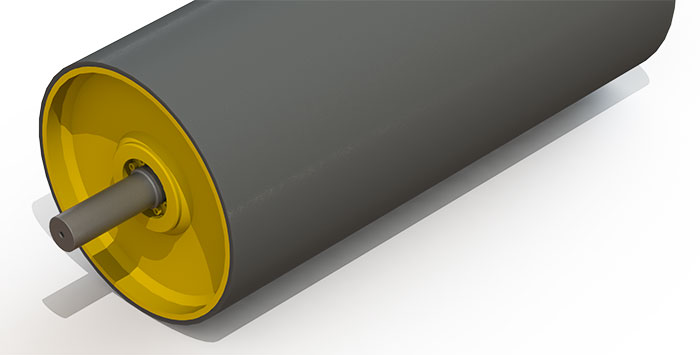
Smooth
Protective lagging
For drums that don’t drive the belt, to extend their service life.
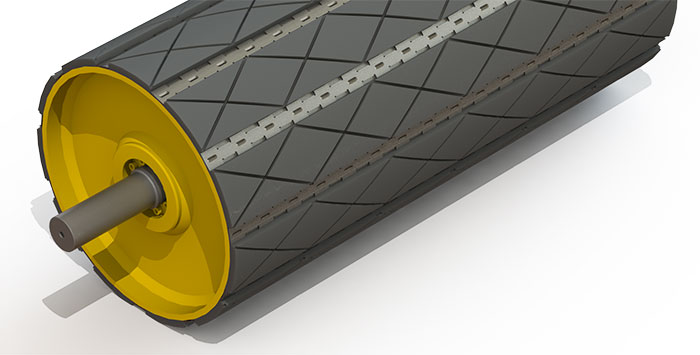
Slide Lag
For high tensile forces
Its elastomer composition gives head or drive drums high tensile strength.
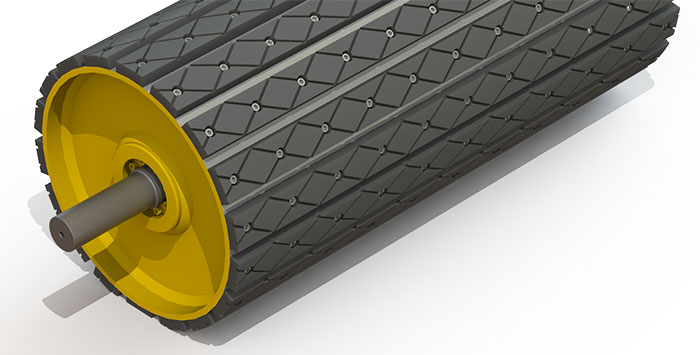
Pulley bars
Anti-skid lagging for large drums
Ruggedly designed, the anti-skid bars are made of wear-resistant rubber for long life.
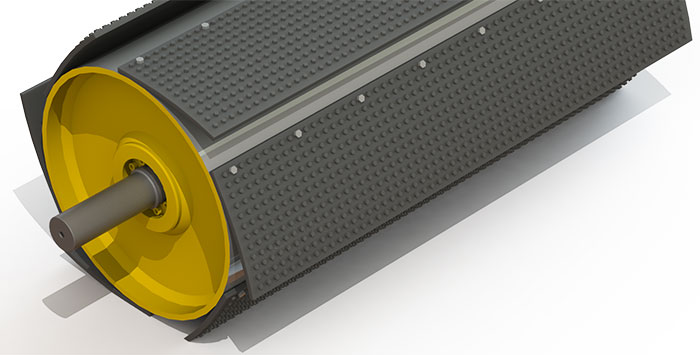
Griplag
For tough conditions
The GriplagⓇ prevents slippage while being self-cleaning, preventing material build-up and misalignment.
The benefits of rubber lagging
- Bonding systems that make installing drum rubber easy, fast and tailored to your needs.
- The laggings protect the belt and significantly improve the conveyor’s overall performance, thus extending its service life.
- They ensure that rollers and drums rotate smoothly without clogging, thus maintaining and aligning the conveyor belt.
- Rubberized pulleys protect the belt by reducing slippage between belt and drums.
- They reduce the belt’s operating tension, thus reducing belt elongation.
- They reduce conveyor noise and vibration.
TECHNICAL SUPPORT IN DEFINING YOUR PRODUCTS
ALTEMA has the resources and knowledge to provide the best solution for every belt conveyor need. ALTEMA specializes in the production of conveyor drums, but is also able to customize each drum. Backed by 25 years’ experience, the ALTEMA team works with its customers every day to determine the best technical solutions.
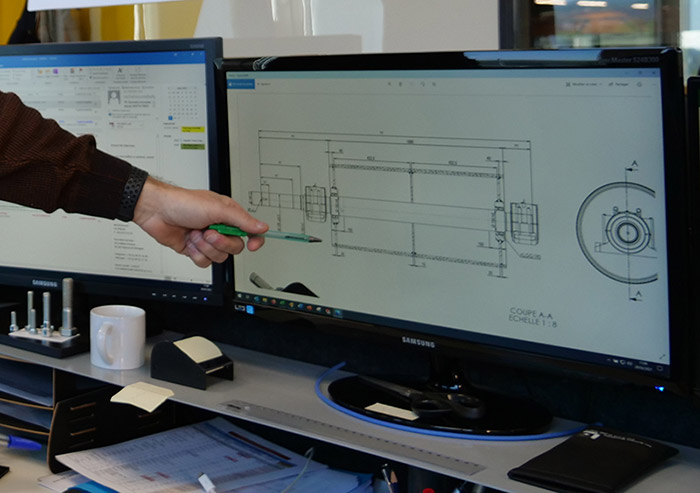

Altema services
RDM DIMENSIONING
ALTEMA's Engineering Department is able to dimension and verify conveyor drums and lifting pulleys using its RDM and 3D CAD calculation software.
Static and Dynamic Balancing
ALTEMA offers balancing solutions and services for high-speed conveyor drums, to keep them running at peak performance.
TECHNICAL SUPPORT
Depending on the application, the field of activity, the transported material and the climatic conditions, ALTEMA offers you specific solutions to optimise your products and improve your performance.
Other trimmings and preparation
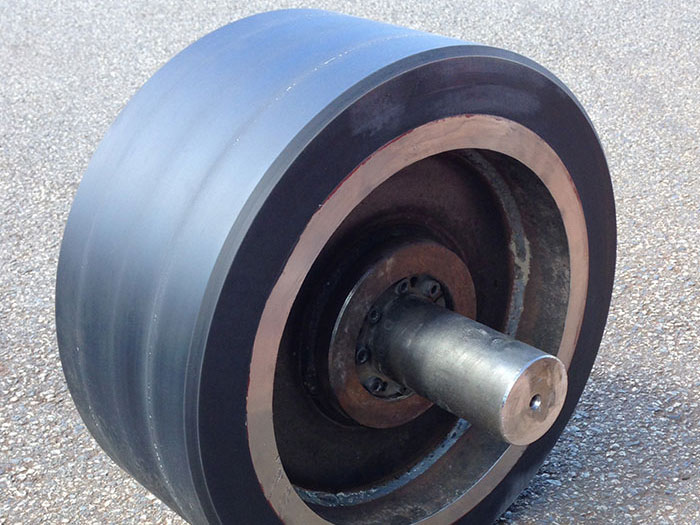
Hot vulcanization
Vulcanization is a chemical process that gives the drum greater tensile strength, swelling and abrasion resistance, as well as greater elasticity.
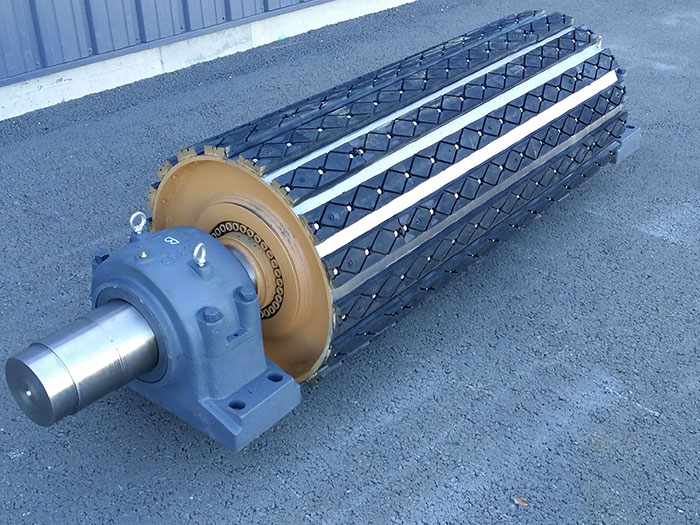
SPECIAL RUBBERIZING
Laggings such as Slide Lag, Pulleybars or Griplag are applied to drums and pulleys by mechanical assembly.
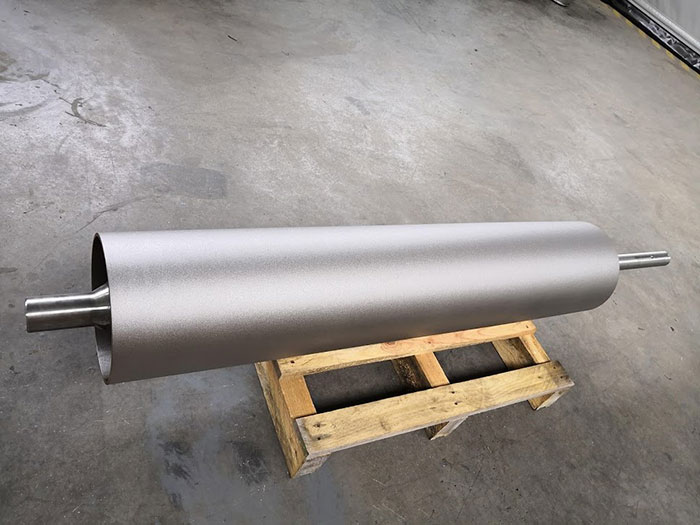
Shot-blasting
All coated drums are shot-blasted for improved surface preparation. This preliminary work is essential for optimum adhesion to the drum.